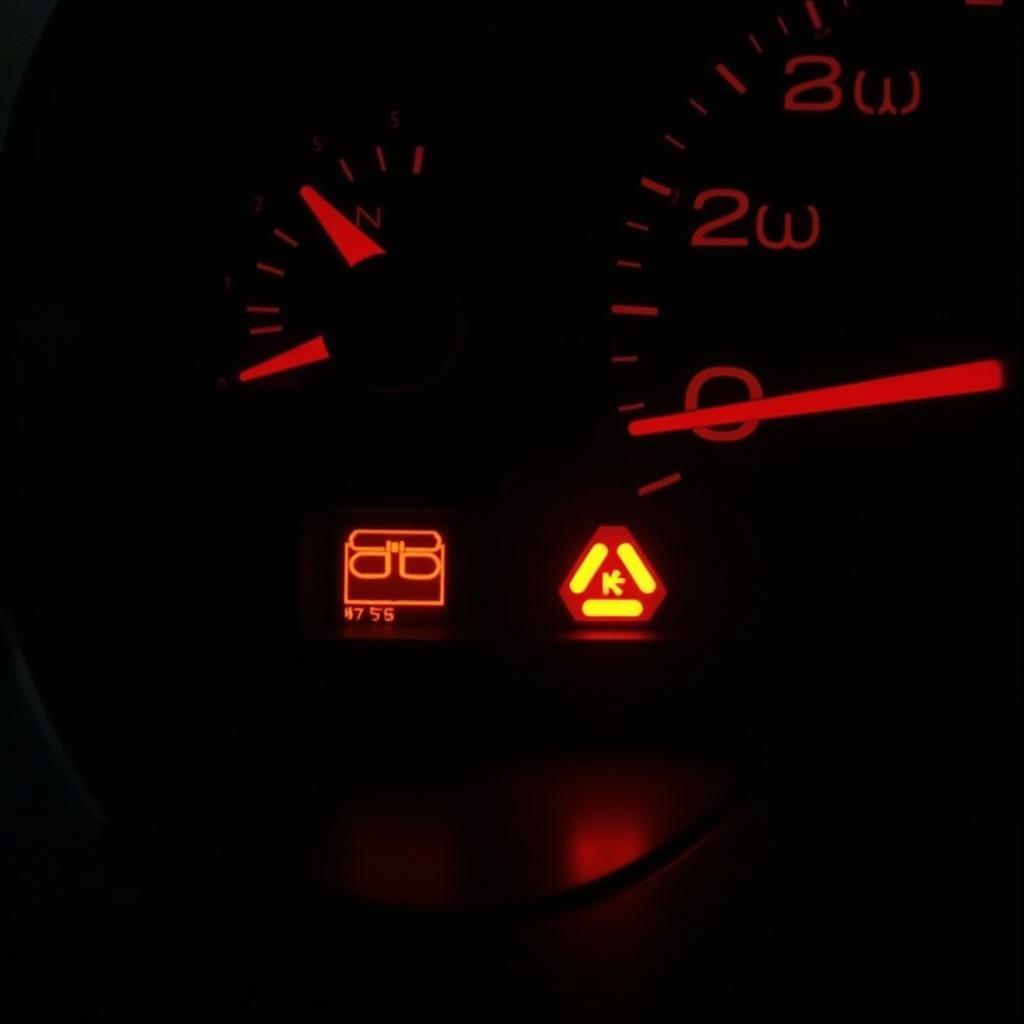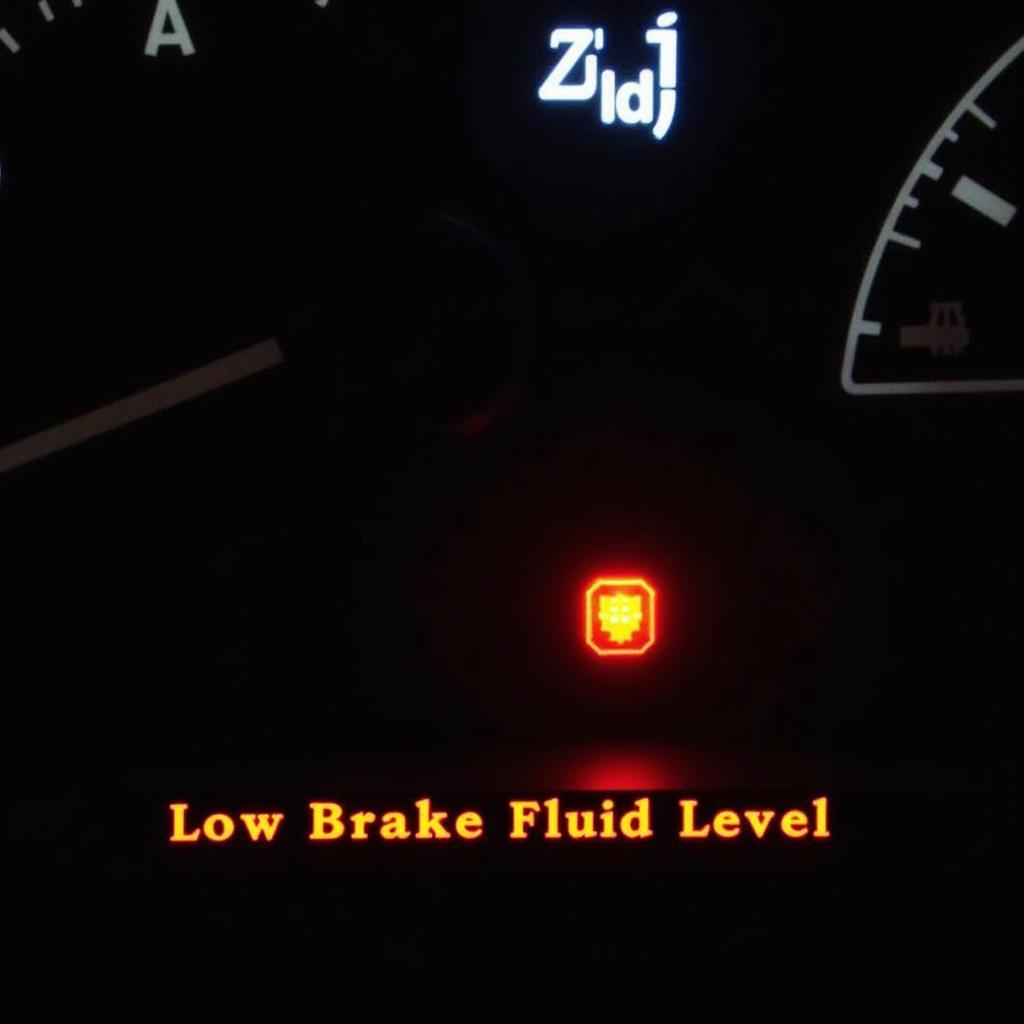A dead car battery is a frustrating experience, especially when it happens unexpectedly. If your battery dies quickly, it’s crucial to identify the root cause to prevent recurring issues. This article will guide you through the common reasons for a “battery dies quickly car” problem and offer effective solutions, empowering you to troubleshoot and even fix some issues yourself. Read on to learn more and get your car back on the road quickly.
Are you experiencing a “battery dies quickly car” scenario? This could be due to several reasons, from a faulty alternator to parasitic drain. Learning about the causes can save you time and money in the long run. See our guide on a car charger draining the battery for further insights. car charger drain battery
Common Causes of a Quickly Draining Car Battery
Several factors can contribute to a car battery dying quickly. Understanding these factors is the first step towards resolving the issue.
Faulty Alternator
The alternator is responsible for recharging the battery while the engine is running. A malfunctioning alternator won’t charge the battery efficiently, leading to a quick drain and eventually a dead battery.
Parasitic Drain
This refers to the electrical current draw from various components even when the car is off. While a small amount of drain is normal, excessive parasitic drain can significantly deplete the battery overnight or even within a few hours.
Old or Damaged Battery
A battery’s lifespan is typically 3-5 years. As a battery ages, its capacity to hold a charge diminishes. Physical damage or extreme temperatures can also shorten a battery’s lifespan.
Corroded Battery Terminals
Corrosion on the battery terminals hinders the flow of electricity between the battery and the car’s electrical system. This can prevent the alternator from charging the battery effectively and cause starting problems.
Extreme Temperatures
Both extreme heat and cold can affect battery performance. Heat can accelerate the chemical reactions within the battery, leading to faster discharge. Cold temperatures can reduce the battery’s capacity to deliver power.
Diagnosing the Problem
Pinpointing the exact cause requires some troubleshooting. Here’s a step-by-step guide:
-
Visual Inspection: Check the battery terminals for corrosion. Clean them with a wire brush and baking soda solution if necessary.
-
Battery Test: Use a multimeter or a battery tester to check the battery’s voltage. A fully charged battery should read around 12.6 volts.
-
Alternator Test: With the engine running, the voltage should be around 14 volts. A lower reading indicates a potential alternator issue.
-
Parasitic Drain Test: With the car off and all accessories turned off, use a multimeter to measure the current draw. A drain of more than 50 milliamps could indicate a parasitic drain.
How to Test for Parasitic Drain in Detail
Understanding how to perform a parasitic drain test can help identify hidden electrical issues. It involves disconnecting the negative battery terminal and measuring the current flow with a multimeter.
If your car dashboard lights came on and the car died, it could be due to a dying battery or other electrical faults. all dash lights came on and car died This highlights the importance of a proper diagnosis.
Solutions and Prevention
Once you’ve identified the cause, you can take appropriate action. Replacing a faulty alternator, addressing a parasitic drain, or installing a new battery are common solutions.
Preventative Measures
Regular maintenance can help prevent future battery problems. This includes:
- Regular battery checks: Test your battery every few months, especially during extreme weather conditions.
- Cleaning battery terminals: Keep the terminals clean and free of corrosion.
- Limiting short trips: Short trips don’t give the alternator enough time to fully recharge the battery.
- Turning off accessories: Ensure all lights and accessories are off when the car is parked.
If you’re experiencing issues with your SEAT car’s dashboard warning lights, it might be related to your battery’s health. seat car dashboard warning lights Knowing the meaning of these warning lights is crucial for diagnosing potential problems.
Conclusion
A “battery dies quickly car” problem can stem from various issues, from a failing alternator to an old battery. By understanding the causes and following the diagnostic steps outlined in this article, you can effectively address the issue and prevent future occurrences. Regular maintenance and proactive checks are key to ensuring a reliable and long-lasting car battery. Don’t forget to check your key fob battery as well; a failing key fob battery can sometimes lead to increased drain on the car battery. how to change a battery in mazda key fob Remember, addressing the issue promptly can save you time, money, and the frustration of a dead battery.
Knowing which battery your GMC key fob needs can also help prevent unnecessary drain on your car’s battery. battery for gmc key fob Keeping your key fob in good working order is part of maintaining your vehicle’s overall electrical system health.


